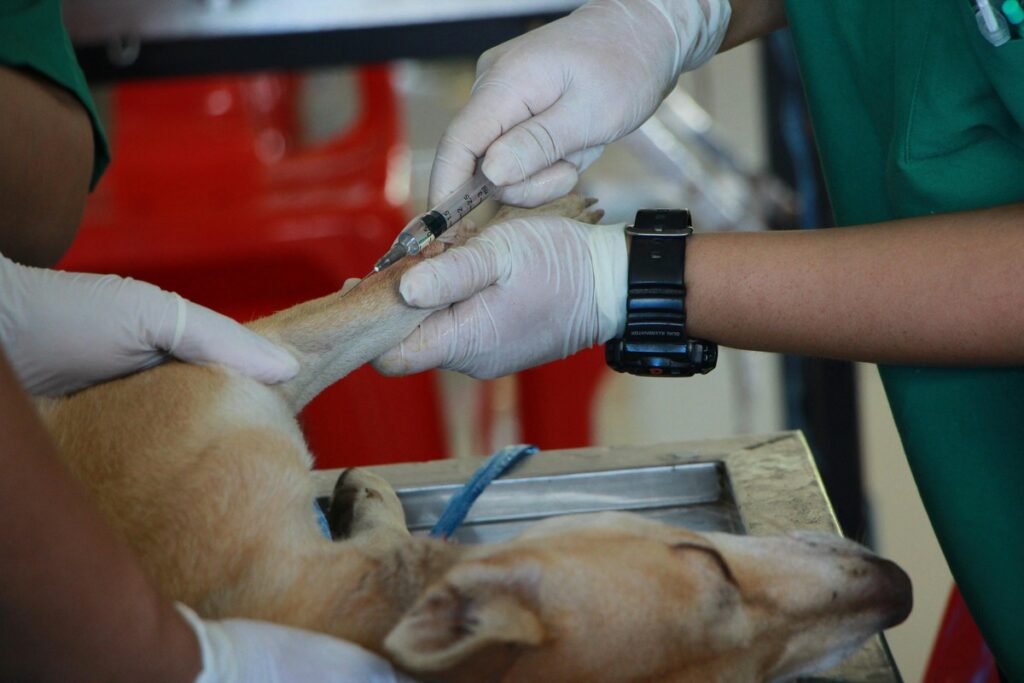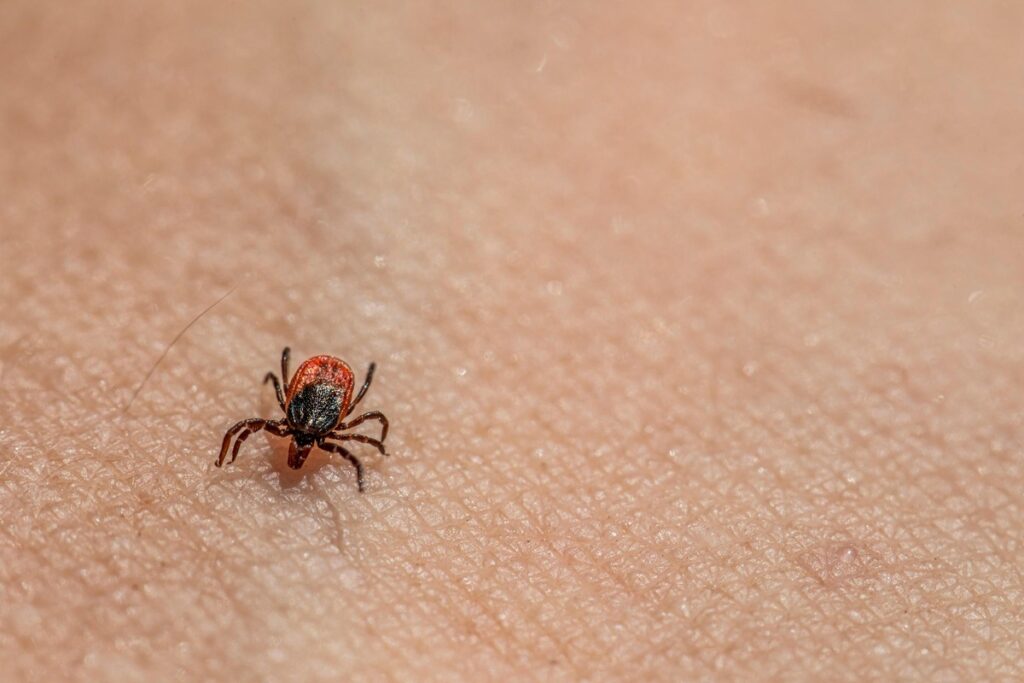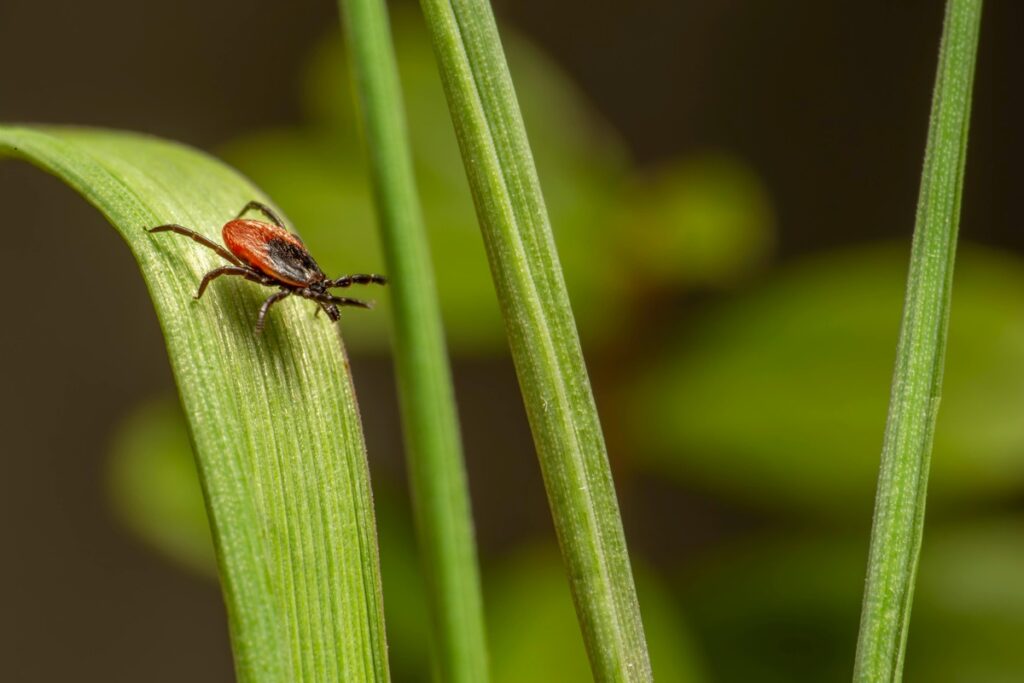10 Most Important Tricks Against Ticks
Ticks are tiny but dangerous parasites that can transmit serious diseases to both humans and animals. Whether you spend time outdoors hiking, camping, or just walking your dog, knowing how to prevent, detect, and remove ticks is essential.
Here are the 10 most important tricks to keep ticks away and protect yourself, your family, and your pets.
1. Stick to the Center of Trails and Avoid Tall Grass

Ticks hide in tall grass, shrubs, and wooded areas, waiting for a host to brush by. They can latch onto clothing, skin, or fur without being noticed.
What You Can Do: When hiking or walking, stick to the center of trails, avoid overgrown vegetation, and stay out of leaf piles and tall grass where ticks thrive.
2. Wear Protective Clothing

What you wear can make a big difference in preventing tick bites.
What You Can Do:
• Wear light-colored clothing to easily spot ticks.
• Choose long sleeves and long pants, tucking pants into socks to limit exposure.
• Opt for permethrin-treated clothing, which repels and kills ticks on contact.
3. Use Tick Repellents on Skin and Clothes

Ticks can be deterred by strong repellents, reducing the chances of a bite.
What You Can Do:
• Use an EPA-approved insect repellent with DEET, picaridin, or permethrin on clothing and exposed skin.
• For a natural alternative, use essential oils like eucalyptus, cedarwood, or lemon oil, which have mild tick-repellent properties.
4. Perform Regular Tick Checks

Ticks are small and easy to miss, so checking yourself, your family, and your pets after outdoor activities is crucial.
What You Can Do:
• Check behind ears, around the neck, armpits, waistline, and between toes.
• For pets, examine ears, paws, tail base, and under the collar.
• If you find a tick, remove it immediately using proper techniques.
5. Shower After Outdoor Activities

Ticks can crawl on your skin for hours before attaching, so showering right after spending time outdoors can wash away ticks before they bite.
What You Can Do:
• Take a shower within two hours of coming indoors.
• Use a washcloth or scrubber to help dislodge any ticks that haven’t latched on.
6. Keep Your Yard Tick-Free

Ticks thrive in shady, damp, overgrown areas, so maintaining your yard can significantly reduce the tick population.
What You Can Do:
• Mow the lawn regularly and keep bushes and grass trimmed short.
• Remove leaf litter, wood piles, and tall weeds, which provide hiding spots for ticks.
• Consider using tick tubes or natural tick repellents like diatomaceous earth or cedar mulch.
7. Protect Your Pets with Preventive Treatments

Dogs and cats are common tick carriers, and an untreated pet can bring ticks inside your home.
What You Can Do:
• Use vet-approved tick preventatives like oral medications, spot-on treatments, or tick collars.
• Regularly check your pet’s fur, ears, paws, and belly after walks.
• Bathe your pet with tick-repellent shampoos if they’ve been in tick-prone areas.
8. Know the Right Way to Remove a Tick

If you find a tick attached to your skin or pet, removing it properly is crucial to prevent infection or disease transmission.
What You Can Do:
• Use fine-tipped tweezers to grasp the tick as close to the skin as possible.
• Pull it out slowly and steadily without twisting, ensuring you remove the head.
• Disinfect the bite area with alcohol or antiseptic, then wash your hands.
• Save the tick in a sealed container for identification in case symptoms appear later.
9. Be Aware of Tick-Borne Diseases and Symptoms

Tick bites can transmit Lyme disease, Rocky Mountain spotted fever, and other illnesses, so knowing the signs of infection is important.
What You Can Do:
• Watch for flu-like symptoms, fever, rash, joint pain, or fatigue after a tick bite.
• If a bull’s-eye rash appears, seek medical help immediately, as this can indicate Lyme disease.
• Keep a record of any bites, symptoms, and tick identification to share with a doctor if needed.
10. Consider Tick Control for Your Property

If you live in an area with heavy tick infestations, additional measures may be necessary.
What You Can Do:
• Hire professionals for tick treatments like perimeter sprays or tick-killing nematodes.
• Introduce natural predators like guinea fowl, which feed on ticks.
• Create a barrier of gravel or wood chips around play areas or patios to reduce tick migration.
Stay One Step Ahead of Ticks

Ticks are a persistent threat, but with proper precautions, vigilance, and prevention, you can significantly reduce your risk of tick bites and tick-borne diseases.
By following these 10 essential tricks, you can keep yourself, your pets, and your home tick-free and safe all season long.







